Meet Our Member of the Week: Czerton Lim
July 31, 2024
Czerton Lim began designing for the stage in high school when he directed a production for a One-Act Festival in Virginia Beach, VA. After graduating with a Bachelor of Arts in Theatre and Biology from the College of William and Mary, he worked for a few years as a scenic artist at TheatreVirginia in Richmond and started his long and continuing relationship with The Rev Theatre Company (formerly the Finger Lakes Musical Theatre Festival at Merry-Go-Round Playhouse) where he served as the scenic charge for three seasons, while also having the opportunity to design a few of their Mainstage and Youth Theatre shows. He went back to school to pursue his Masters of Fine Arts in Theatre Design at the University of Washington’s School of Drama in Seattle. Shortly thereafter, he moved to NYC and worked with numerous companies in the area. Mr. Lim continues to freelance design while (un)successfully balancing a home life. He teaches design and other related topics as Associate Professor of Scenic Design with the Department of Theatre and Dance and holds the position of Managing Producer for the Walter Gloor Mainstage Series at the State University of New York at Fredonia. He is a proud Member of United Scenic Artist Local 829. He is originally from the Philippines.
Check out his interview below, and be sure to visit his website to see more of his work!
Tell us a bit about yourself! As live entertainment technicians, we always talk about our work. But who are you, outside of your work in live entertainment?
I’m a first-generation Filipino-American educator (Associate Professor of Scenic Design at the State University of New York at Fredonia) for the last 10 years and a freelance scenic designer for the last 25 years. My home is in Western NY, and I share it with my wife Jessica Lustig (a Costume Designer/Technician/Educator), our sons Toby and Ani, and six cats, three yard chickens, two rabbits, and various aquarium fishes. IF I have time outside of design, academia, and home life, I pretty much binge on K-pop shows, documentaries, limited-run series, or anything on the Food Network or Discovery Channel, OR listen to narrative podcasts (This American Life, RadioLab, The Moth, Sound Exploder).
What sparked your interest in scenic design? How did you get where you are today?
In the most roundabout way! I started out Pre-med (graduated with a double major in Theatre and Biology from William and Mary) and while still in high school, I was looking for extracurricular activities to make my college application more diversified and managed to walk into the auditorium after school where I was mistaken for a build crew volunteer for the musical and basically stuck around the next three years doing many different tasks. When I got to college, I needed to take classes outside my Biology major, and since I was already familiar with Theatre, I decided to continue with that. One class became two, became four, became a minor, and then became a hard conversation with my parents about no longer pursuing being a doctor and pursuing something in Theatre instead in my “first” senior year (I stayed an extra year to be able to fulfill requirements for both my majors). I was initially performing because I really enjoyed the character building, slipping into a whole new environment that the characters inhabit, but I also knew I probably needed to have another skill in between potential acting jobs, so I also did scene painting and a little set design while still in college. I quickly realized that the world-building I enjoyed doing as an actor applied as much, if not more, to scenic design so my focus started to shift to that. I worked as a scenic artist for three years after college before finally going back to school at the University of Washington to get my MFA in Scenic Design. Jess and I did the freelance NYC designer phase for a few years after grad school until we had our first child, and then our focus shifted from freelance/starving artists in NYC to steady full-time jobs with benefits. We both started looking at tenure-track positions in theatre programs and decided whichever one of us landed the position first would be where we would go. Luckily, SUNY Fredonia had an opening and because I was familiar with Central New York, having done summerstock there consistently, it felt like a good fit for us and we’ve been there ever since.
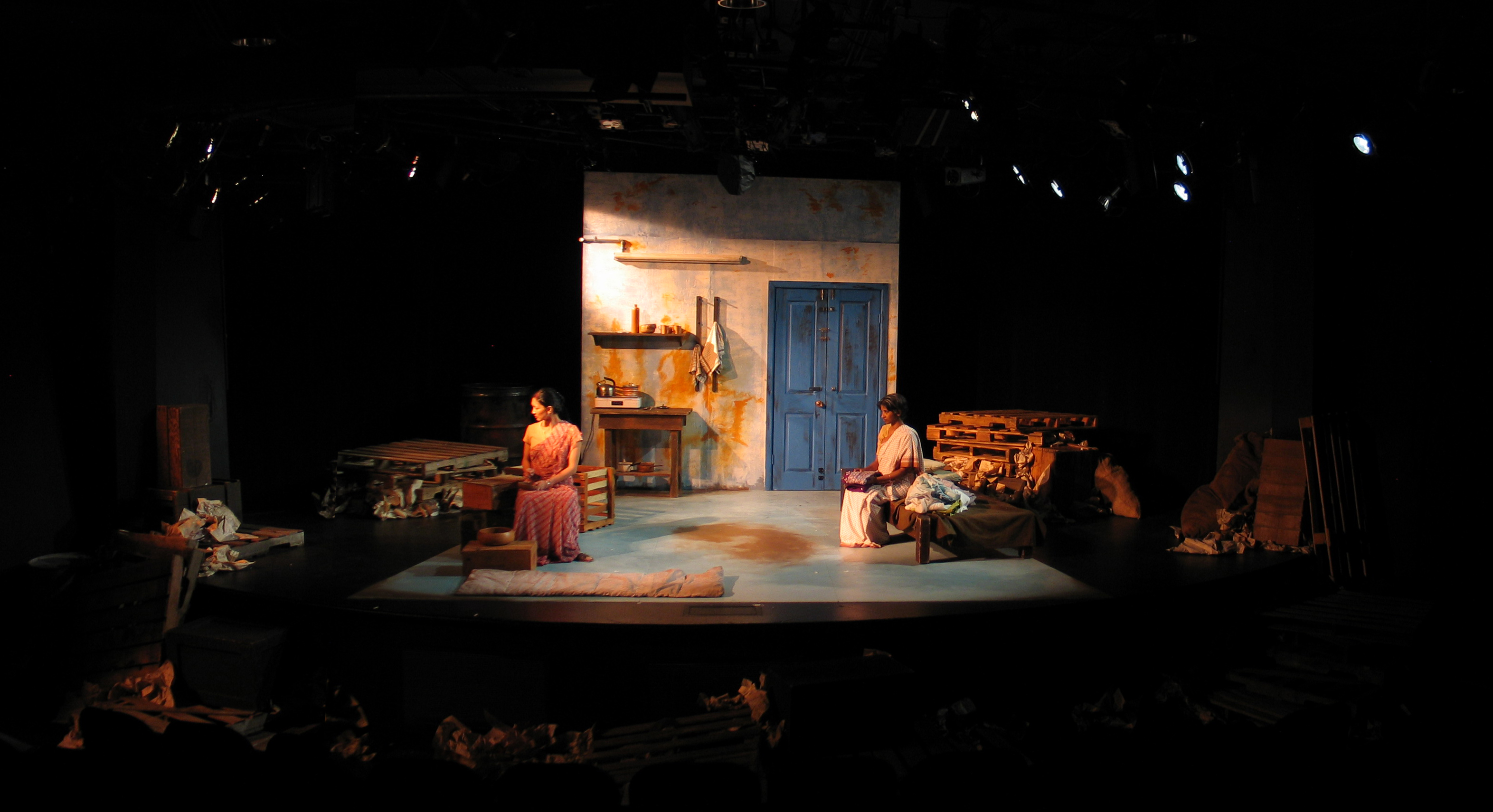
In 2007, you and your wife took a trip around the world! You mention some amazing highlights on your website. How did this experience influence your work as a designer?
That experience opened up a whole new way I approach design and theatre as a whole, and it only was possible BECAUSE of the Bonderman Fellowship (Jess was the recipient of it that year, I was a finalist the previous year) that is awarded every year to five students at UW with the only restriction being that two regions of the world had to be visited with the funds provided. Jess managed to parlay that into an eight-month travel itinerary around the Northern Hemisphere, and I was lucky enough to tag along. Traveling outside the US is certainly not as common or accessible as it should be for everyone, so I was lucky enough to have had the opportunity to visit so many different places.
For me, that sense of scale and perspective was completely upended by being able to witness for myself the places I have only seen in photographs or read about. The idea that there are bigger and far older civilizations and societies that existed beyond the US that have a distinct richness and identity worth exploring, and ultimately an openness to new experiences and points of view only made possible by actually being there as a visitor, instead of as a tourist. A direct example of this was when I designed Manjula Padmanabhan’s Harvest in 2005 while I was still in grad school. I did meticulous research (including scouring over the Zana Briski and Ross Kauffman’s movie Born into Brothels) to get the feel of a one-room dwelling in Mumbai with three people living in it, and then two years later I was in India and invited to dinner by our New Delhi guide to his one-room home he shared with his wife and two kids. That feeling of being “in the room” I designed on stage from only pictures and the joy I got from both getting some things right and some things not quite right, but having the chance to see it for myself. That opportunity to stand in the thing for yourself, whether before you design it or after in hindsight, is just an immeasurable quantity and a byproduct of traveling outside one’s comfort zone. As a storyteller, having that deep of a well to be able to dip into as a visual resource to comprehend what may lie beyond the frame of the images or pictures seen in books or the internet or a cultural/societal experience that isn’t necessarily US/Western-centric adds depth and level of understanding that I think the audience can grasp, even if just momentarily or subconsciously.
Do you have a favorite project you’d like to tell us about? Or an onstage “wow” moment that you helped conceptualize?
My favorite project is whatever I am currently working on :P! I’ve been fortunate enough that I’ve designed for very different productions that each have something unique and interesting that I’ve been able to take something away from to be able to use, recreate, or transform into something new in the next project. I loved working on Disney’s Beauty and the Beast and being able to transform the playing space into so many different locations au vista and having that become a part of the storytelling. Tally’s Folly, done in the middle of COVID as a filmed/streaming production, offered the opportunity to do theatre at a time when very little theatre was being produced. A stripped-down, under-a-tent production of Natasha, Pierre & The Great Comet of 1812 helped me realize that just a few important things are needed to be able to tell that story. Coming up with a different way to do “When I Grow Up” from Matilda the Musical that didn’t involve swings (a maypole and seesaws on letter blocks, and the ensemble lying on their backs looking at the blue sky at the end of it). Designing and collaborating on a resilient and reliable The Play That Goes Wrong set on a regional theatre budget (and still going strong). The stark simplicity of “filling” a mostly empty and functional environment for A Chorus Line. And then there is Clue. Those are a few of my favorite things.
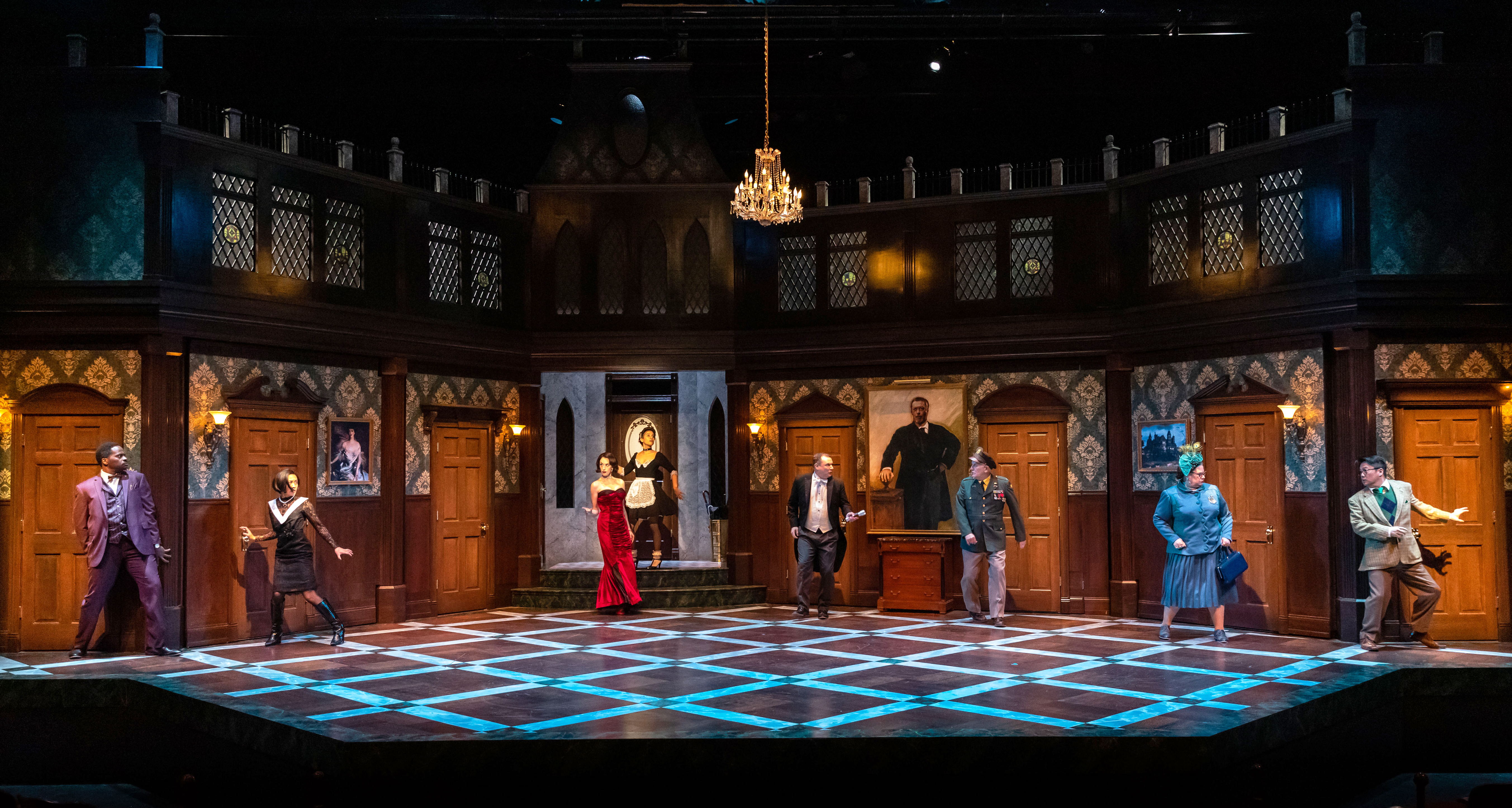
The rendering process can look so different for designers. What does the rendering process look like for you?
At least for me, it changes for each show. Sometimes I have a really clear picture of what it could be and then spend a lot of time interpreting what it actually looks like as a groundplan and as pieces of the whole, sometimes it’s the other way around, where the groundplan is so clear and then I have to interpret what it actually looks like, sometimes it’s neither and I spend a lot of time with a blank piece of paper/vellum and throwing lots of things and seeing what sticks. Sometimes it’s a model, sometimes it’s a drop point sketch, sometimes it’s a digital rendering, sometimes it’s storyboards. I think technology has been great at making communication better, faster, and with more access, giving theatre artists more options for the best way to communicate those initial ideas and be able to discuss and take them apart, so that has evolved the way I approach each show by not having only one way to start. I save almost everything, including scanning/photographing roughs so that I always have a way to go back a step and not feel too “precious” about the design and the work it took to get where I currently am in the process. I think the fear of “starting over” is always the biggest hurdle for every designer in getting to what the production ultimately needs to be – none of it is wasted time IF exploring the wrong things first ultimately leads to the right choices in the end. I still think it is cathartic to crumple a sketch and toss it in the bin and be able to restart a process, and granted, even after 25 years, that still continues to be a hard thing to do in practice.
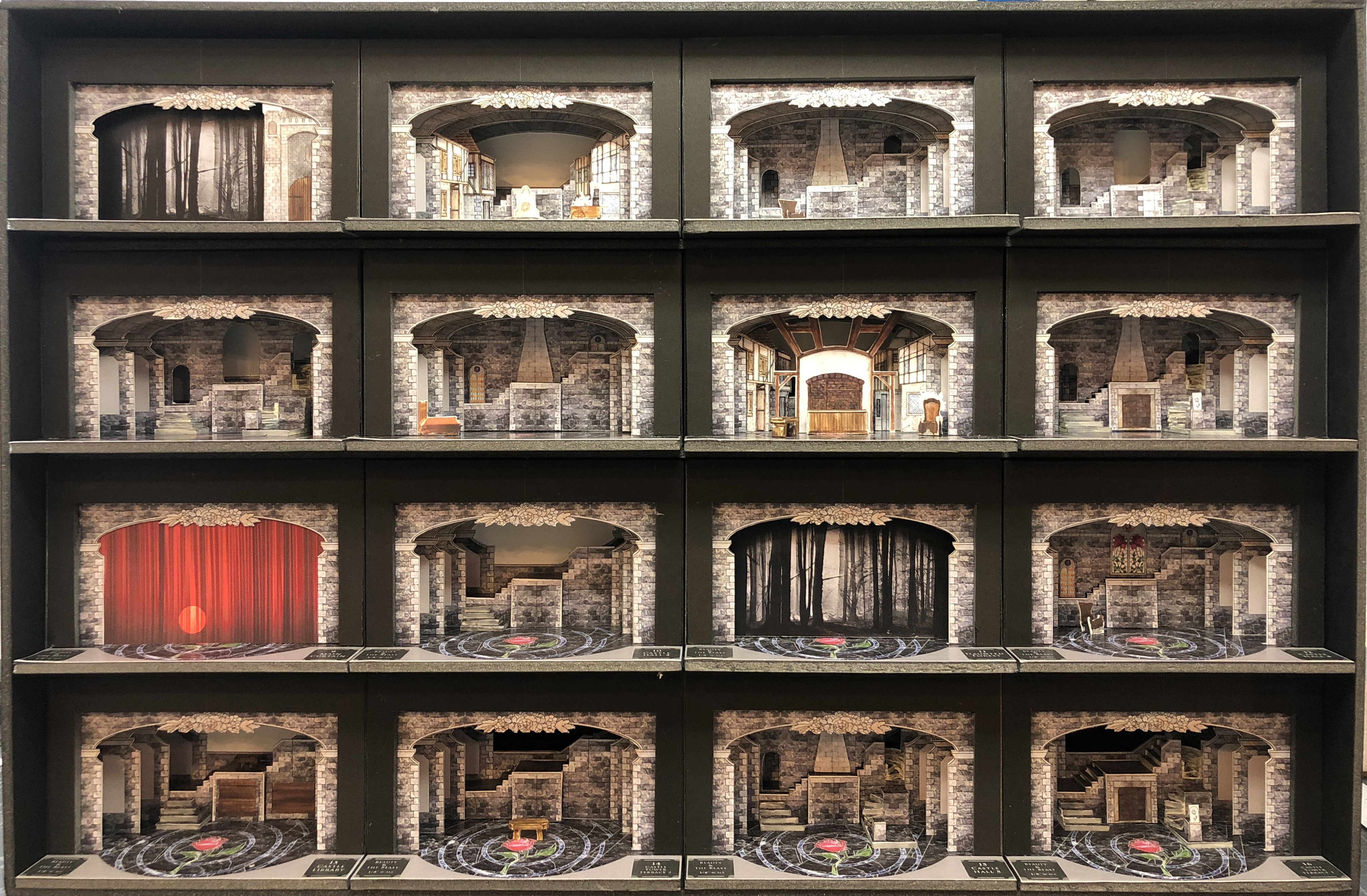
That said, no matter which way I ultimately take, I always start with the script, lots and lots of research images, “The West Wing” on the background, and a rough sketch on a piece of bond paper or onion skin or vellum in various levels of finish or in process stages. For me, it is always about what I see in the research and how it ultimately gets translated on paper with my pencil (I really don’t consider myself a good sketch artist). Sometimes I supplement with actual images that I manipulate in Photoshop, or sometimes I jump to a white model when the sketch proves too slow or complicated for me. In any event, it always starts with a blank piece of paper.
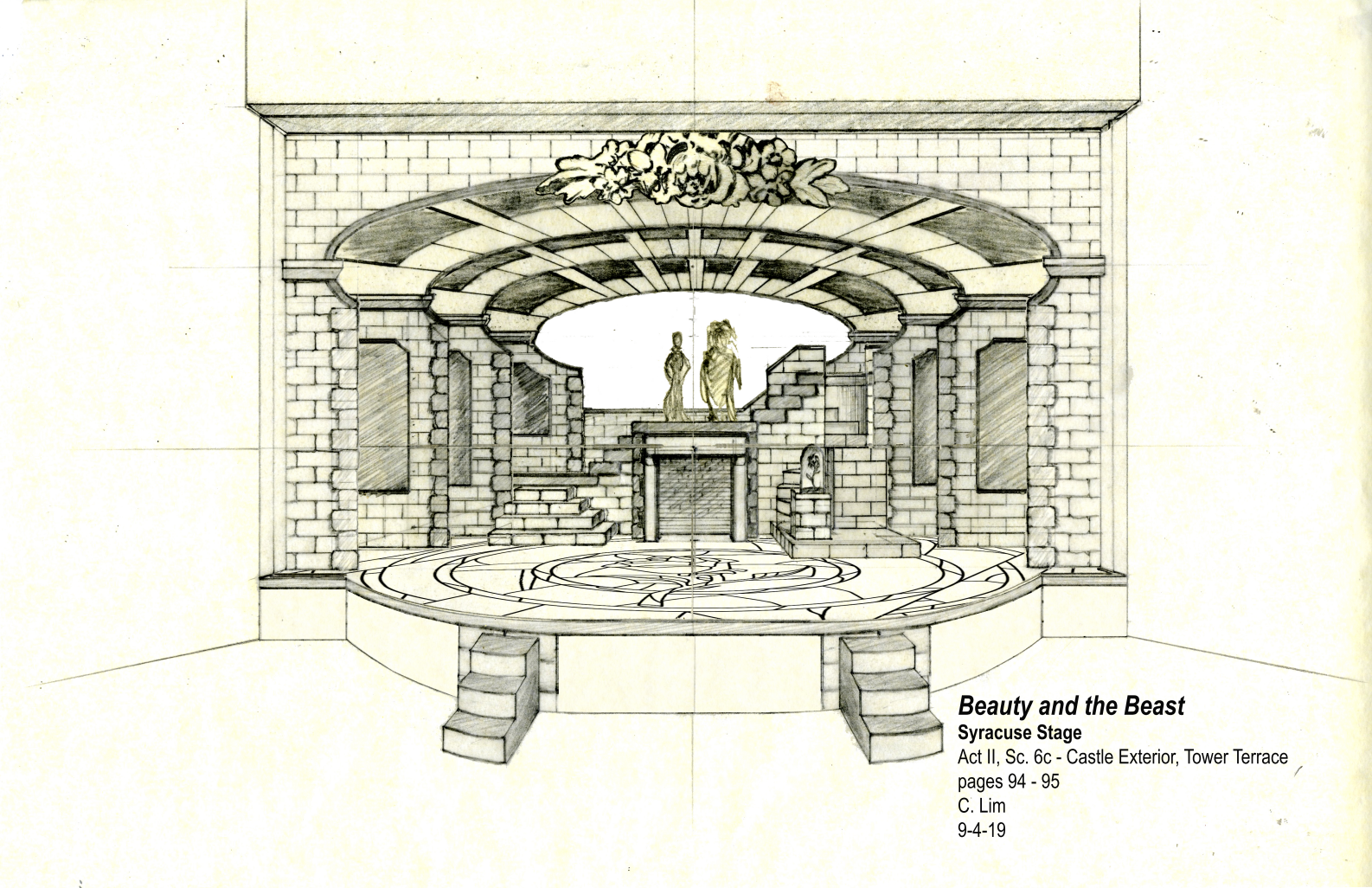
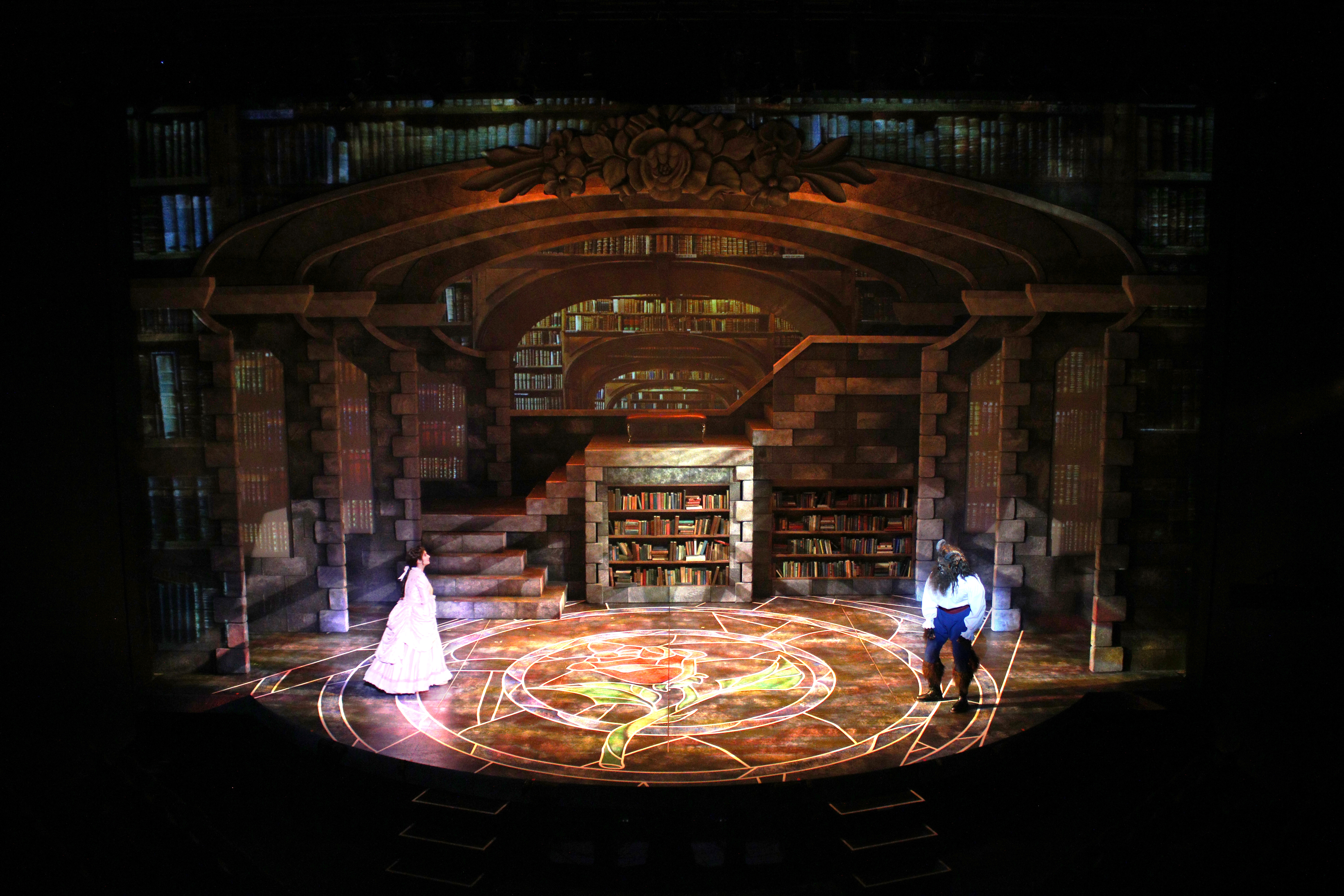
So many early career designers are curious whether they should join their union. As a Member of United Scenic Artist Local 829, how does being a union member support your career? How did you know when it was time to join?
I think deciding when to join the Union is such a varied choice depending on what you want to do as a career and where in your career you are when making the choice. I can only speak to my own experience: When I was just out of grad school and living in NYC, I felt I wasn’t doing enough design or assistant work, let alone living in the city, to justify the up-front cost, not to mention having enough work in my portfolio, to even be considered for the Union. It was only when I landed my first tenure-track position that I considered joining the Union as a professional goal, having had a body of work I felt would be strong enough for consideration, and a way to open up other theatres I could work for and financially stable enough to afford the costs. I happen to have been lucky enough that the year I joined was during the Membership Drive, which only required a portfolio, letters of recommendation from current union members, and initial dues at the time of approval.
The protections and benefits of being in USA 829 have been great. I’ve heard enough horror stories of non-union designers not being paid their full fee after completion of a show or productions being canceled and those fees not being paid even though the work has mostly been done to know not everyone has those protections. If anything, COVID cancellations showed us how protected we can be under those circumstances – the idea that as a designer, my fee is divided into three payments so that there is compensation for each stage of the process, on top of health and pension benefits paid for by the theatre. It also means my designs and work are protected beyond the life of the production, the biggest example is the design for The Play That Goes Wrong which was initially produced at Syracuse Stage. The actual set itself has now been used in at least three other productions and I am receiving both credit and royalties for the use of the design.
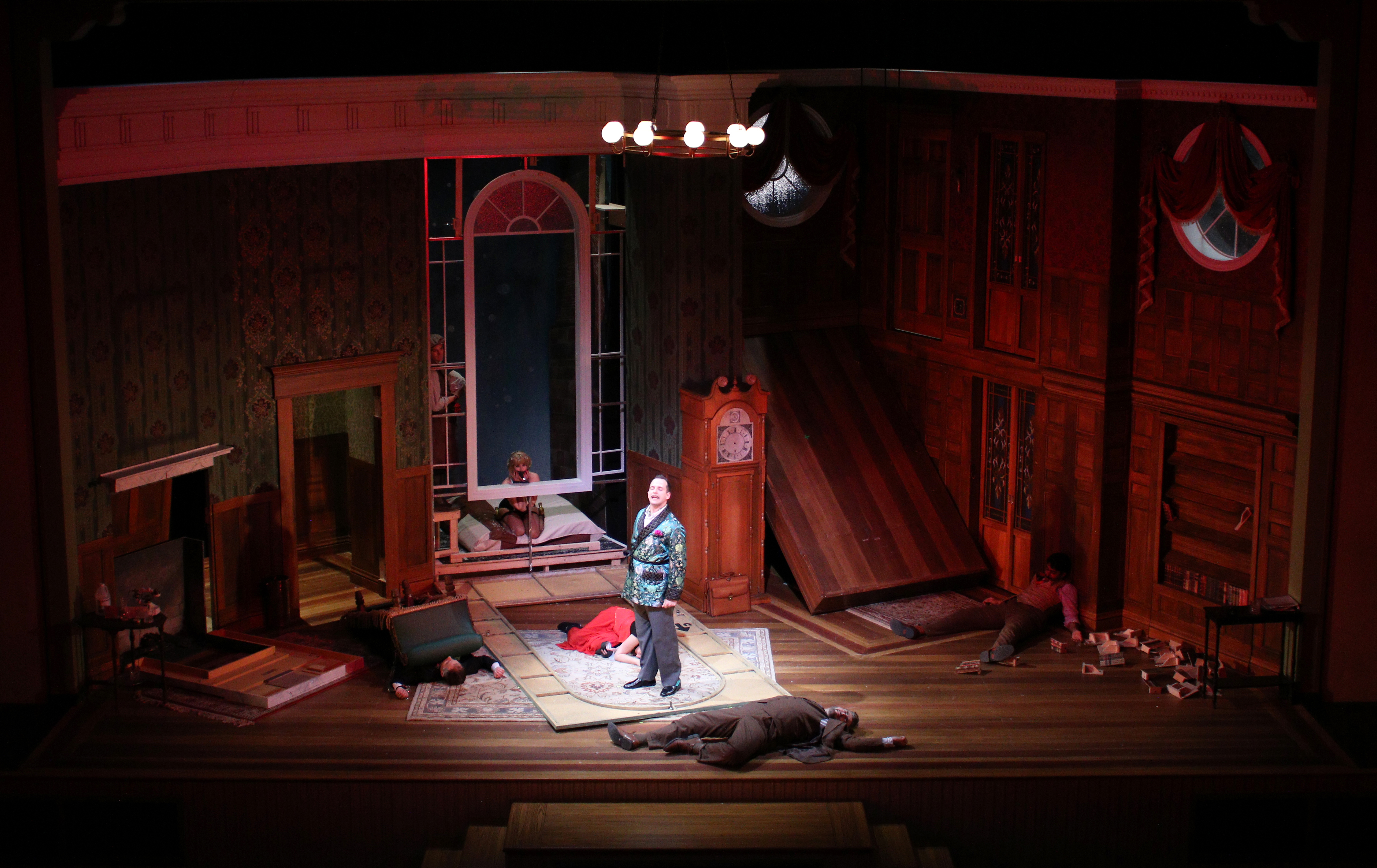
If you could change one thing about working in the live entertainment industry, what would it be and why?
From both professional and educational perspectives, two things – more work on ensuring the elimination of unpaid/under-compensated internships with a paid, living wage stipend as an industry standard. If we are really serious about diversity, equity, and inclusivity, then from an economic vantage point we need to level the playing field so that no student ever needs to choose between experience over food/housing needs.
The other is that most undergraduate theatre departments also produce shows as part of the program - to put in practice what is taught in the classroom and in the studios. Colleges and Universities need to have a greater understanding of the work involved in producing live theatre and that should be a part of the teaching workload in a meaningful way, and perhaps institutions such as USITT need to advocate more to the schools on how that work needs to be included. Theatre programs don’t necessarily fit in the same way other program workloads are calculated, so greater consideration on how producing shows impacts and supplements traditional teaching methods ultimately should be a part of the workload equation and not just an “and also” mentality.
What does being an arts educator mean to you? How do you encourage students to dive into the world of design?
I knew early on when I switched tracks to pursue Theatre that I would end up in education in some capacity. For me, that idea of lineage and apprenticeship – that I learned the things I know now from someone who took the time to teach me those things to be successful – was an important responsibility to impart to the next generation of theatre artists. It’s a way to ensure that my success and the fruits of that hard work benefit others, and that we all lift each other up in small and immeasurable ways. Personally, teaching for me was a way to pay back those educators and professionals who helped pave the way for me to be where I am now, and as a way to pay it forward to the students thinking about a career in Theatre.
I like telling people that, although I am a professor in Scenic Design, I don’t teach students to be designers. I teach them to be better communicators of their ideas, so a lot of what I think I do is help students explore many different ways for them to talk about, present, and in most cases, show their ideas to me and each other. I consciously avoid saying this is “right” or this is “wrong” when it comes to talking about ideas and say this may be “more” or “less” successful. There are so few and finite things that are absolutes, so part of this is also making sure my and the student’s comments don’t stifle exploration, even if that particular path doesn’t necessarily lead to a successful conclusion. I get a mix of students who are good artists but not so good at talking about their ideas, and those who are good at talking about their ideas but struggle to put them down on paper, and then everyone else in between, so I always hope that I foster a space in which those students can lift each other up at the end by celebrating what does work and also talk about what needs work in their projects to get to the next step. The biggest thing I want any student to come out of those classes with is a willingness to take chances and explore things beyond one’s perceived boundaries, and that a still developing process is sometimes more important than a polished product if it means you tried something new and learned something from it.
USITT offers numerous resources and opportunities for professional development. Can you share how being a member has benefited your career and artistic growth?
Well, things like this article! The chance for early career professionals and regional professionals who are also educators to get national exposure to the work they’ve produced and continue to produce, and being able to share that with everyone. The regional meetups and national Conference as a way to learn more about what other institutions are doing and where the industry trends are going, not to mention just the opportunity to network or meet up with professionals doing similar things. The fact that this also happens with current and former students early in their career also helps keep those connections strong…Not only am I a member, but I am also the Chapter Sponsor and Faculty Advisor of my College’s Student Organization (Fredonia USITT, or FUSITT for short) in the department. The students are heavily involved with planning for the conference, on top of service to the Department of Theatre and Dance when it comes to interviews/auditions and planning workshops and activities during the academic year that enrich the lives of the students in and outside the theatre program. To be able to share those with the students and know they have a step up from when I was a student and didn’t have this opportunity is just wonderful.
Are you working on any projects that you’re excited about right now?
At the moment, I am working on a co-pro between Indiana Repertory Theatre and Syracuse Stage’s production of King James by Rajiv Joseph, directed by Jamil Jude, and working with USITT’s 2024 Distinguished Achievement Award in Lighting Design & Technology recipient Dawn Chiang. For Fredonia and the Department of Theatre and Dance, I’ll be working on Rachel Bublitz’s The Book Women in the fall and Shakespeare’s Twelfth Night in the spring on top of producing Legally Blonde as our first show for the season.